UNICEF Report Reveals Alarming Increase in Child Displacements Due to Extreme Weather Events
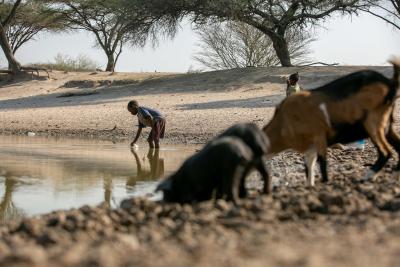
New York – A recent United Nations Children’s Fund (UNICEF) report has shed light on the growing crisis of child displacements caused by extreme weather events. Between 2016 and 2021, more than 43 million children were forced to leave their homes due to storms, floods, fires, and other climate-related disasters, according to the UN report.
The report, released on Friday, predicts an even more dire future, estimating that over the next three decades, more than 113 million children will be displaced due to the escalating risks posed by climate change, including flooding rivers, cyclonic winds, and post-storm floods.
One such example is 10-year-old Shukri Mohamed Ibrahim, who, along with her family, left their home in Somalia five months ago. The region suffered from the worst drought in over half a century, rendering once-fertile pastures barren and forcing families like Ibrahim’s to seek refuge in makeshift camps in the capital, Mogadishu. While Ibrahim’s dream of becoming a doctor has led her to a school in the camp, the conditions are far from ideal, lacking proper shelter, sanitation, and adequate food.
The report also highlights the underreporting of long-lasting disasters like droughts. In the years covered by the report, at least 1.3 million children had to leave their homes due to drought, with more than half of them in Somalia. However, this figure is likely an undercount as there are no preemptive evacuations during droughts, unlike during floods or storms.
Climate change has already left millions of people homeless worldwide, with rising seas eroding coastlines, storms impacting megacities, and droughts worsening conflicts. However, despite the intensifying catastrophes, the world has yet to recognize climate migrants and establish formal mechanisms for their protection.
“The reality is that far more children are going to be impacted in the future, as the impacts of climate change continue to intensify,” warns Laura Healy, a migration specialist at UNICEF and one of the report’s authors.
The report reveals that nearly a third of the 134 million displacements caused by extreme weather events between 2016-2021 involved children. Nearly half of these displacements were due to storms, with nearly 4 out of every 10 storm-related displacements occurring in the Philippines. Floods displaced more than 19 million children in places like India and China, while wildfires affected children 810,000 times in the U.S. and Canada.
Data tracking migrations due to weather extremes typically do not differentiate between children and adults. UNICEF collaborated with the Geneva-based non-profit International Displacement Monitoring Centre to map the regions where children were most affected.
Countries like the Philippines, India, and China, with their large populations and robust evacuation systems, accounted for nearly half of child displacements caused by climate hazards. However, on average, children living in vulnerable regions like the Horn of Africa and small Caribbean islands face heightened risks due to “overlapping crises” where climate risks compound with conflict, fragile institutions, and poverty.
The act of leaving home subjects children to additional risks. During the unprecedented flooding of the Yamuna River in New Delhi in July, 10-year-old Garima Kumar’s family lost their hut, along with her school uniform and books, leaving her without a home and causing her to miss a month of school.







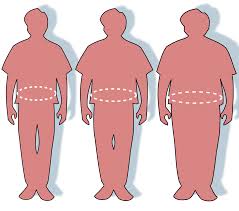
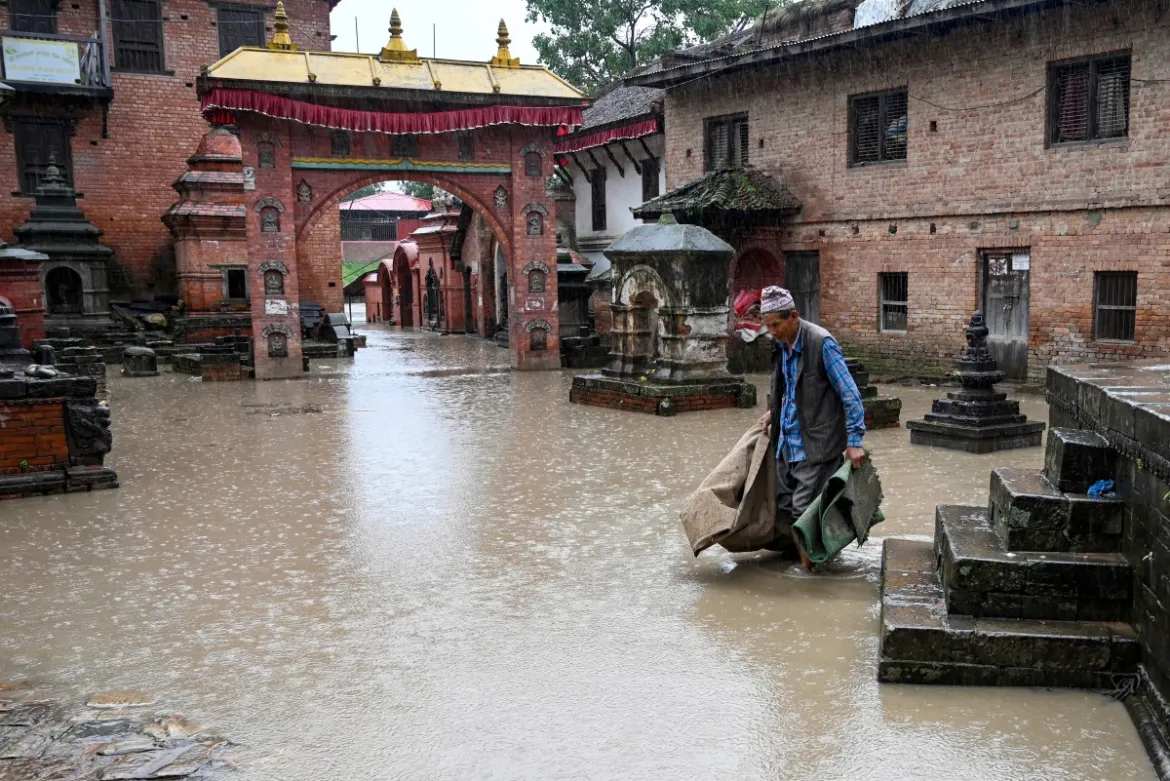


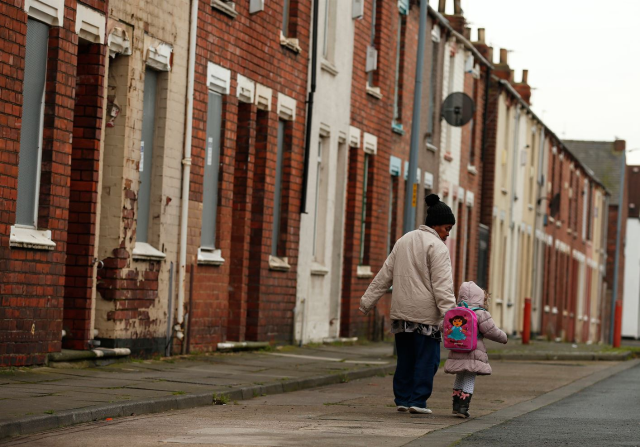


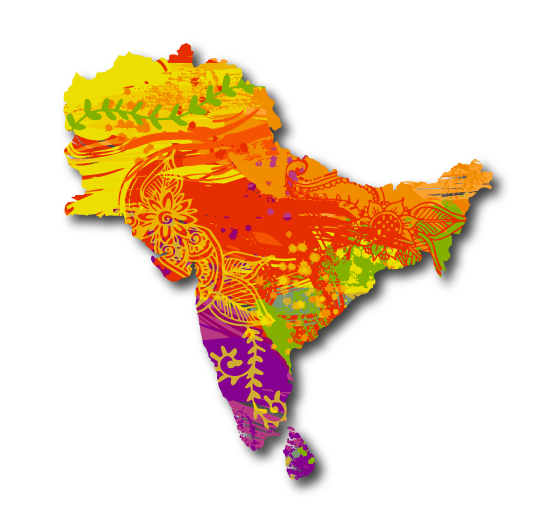




Facebook Comments